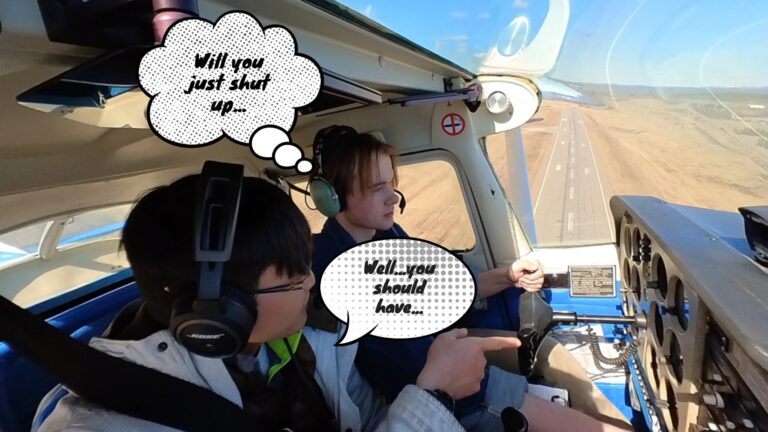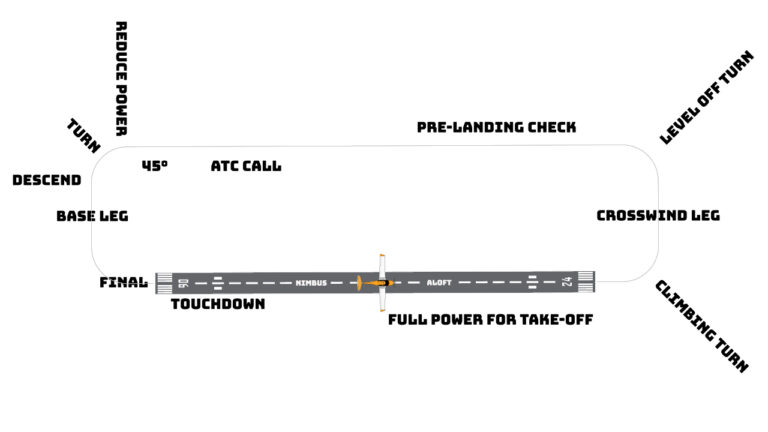
When was the last time you checked your car’s tire pressure? What about pilots? How often or have you ever check the tire pressure on your airplane with a pressure gauge? When we first learn to fly, the first thing we usually learn is the pre-flight checklist. When it comes to checking the main wheels, things to lookout for is the condition of the brake disc, brake pads, hydraulics, tire and so on. For most part, we visually check the whole wheel assembly. As long as the tire looks round, tire pressure, check!
Imagine this Scenario
Picture a scenario where the tires on your airplane are not properly inflated and you didn’t check it before your flight. You come in for a landing and a sudden gust of wind caused you to land with a side load. The tire on one side pop out of the rim, damaging the valve stem and cause you to loose control. Fortunately, you manage to control the situation and come to a complete stop on the runway. What now?
What you just did there my friend, was single handedly closing the runway. Anyone wanting to take off must wait for you to push your airplane off the runway. The airplane on final now need to do an overshoot. Others in the circuit must wait in the air or divert to other airports.
You have to let the tower know your situation, call your flight school or company to let them know and now wait for someone to come rescue you.
Costly Incident
After being rescued, your troubles might end there. But the airplane now need to go in for inspection and maintenance. If the tire need to be changed, that’s a couple hundred dollars. The inner tube, couple hundred dollars. Labor cost, another couple hundred dollars. Loss revenue due to airplane being grounded, another couple hundred dollars. Imagine if you are not at your home base or out in some remote airstrip, that is going to be even more troublesome, costly and you will have an even longer day than you planned.
All in all, it can add up to thousands of dollars. And whose going to pay for it?
It Only Takes A Few Minutes
It doesn’t take long to check the tire pressure for all the tires with a pressure gauge. Check them periodically. Read the POH for the correct tire pressure. If anything is amiss, get a pump to fill it up!
When in doubt, ask your flight instructor or aircraft engineer to teach you how it’s done. Learn it and now you are an even safer pilot than yesterday.
If you want to know more about the tires on your airplane, check out this website for a good read.
Be sure to check out my other blog post here and follow me on Facebook! Feel free to leave you thoughts in the comment section below.



